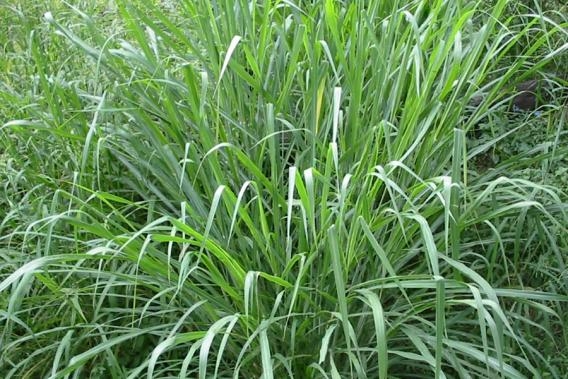General Information
The botanical name of Guinea grass is “Megathyrsus maximus”. It is used as fodder for animals and is used to make hay. It is a tall perennial grass with average height of 3-4m. The leaf blades have fine tip and is long and have midrib which is 1 cm wide. It is found in tropical Africa, Yemen, Palestine and India. In India, Punjab is the major guinea grass growing state.











